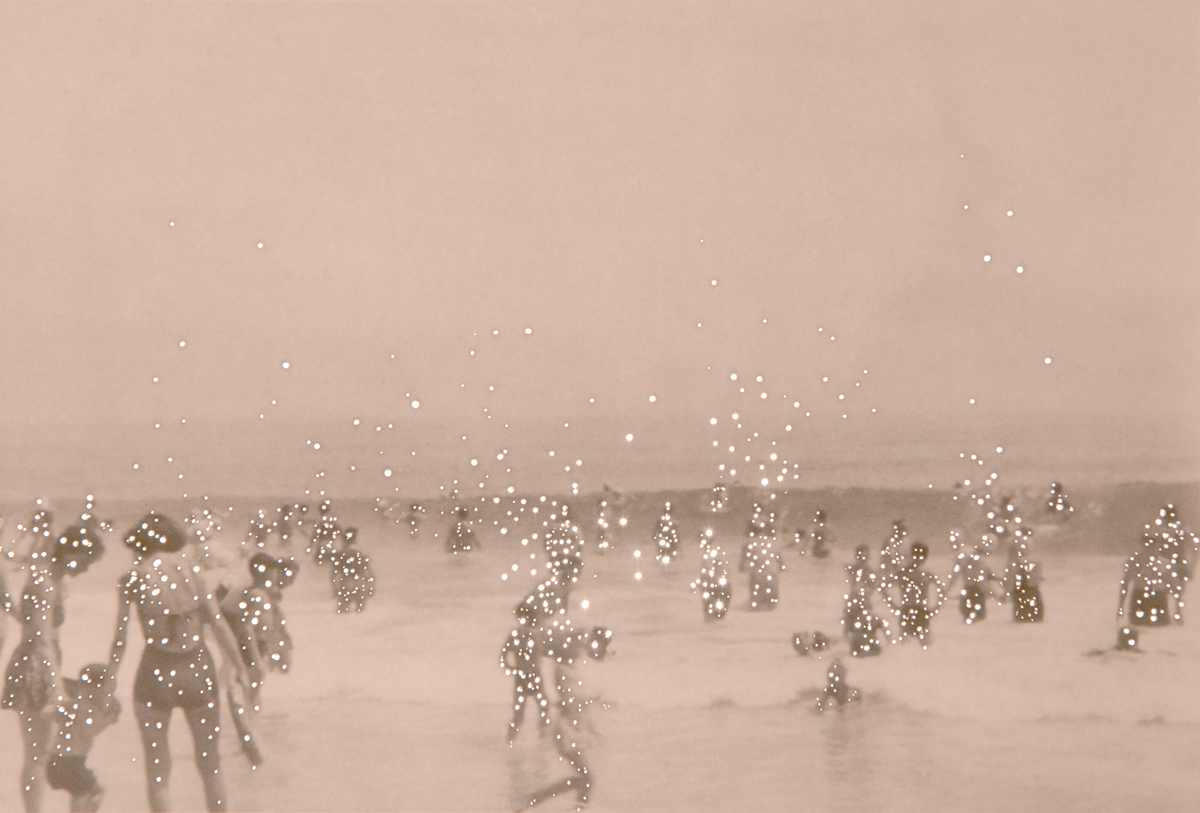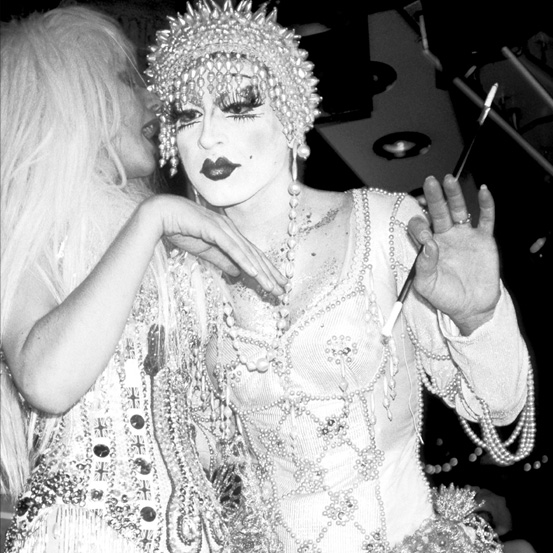Man is the only animal capable of understanding that one day he will die. Unfortunately, this is not information that brings him much comfort. Outraged at his fate, unable to make peace with death, he desperately seeks to attain any form of eternal life. In vain. The only hope left for him is reincarnation.
Man is the only animal capable of understanding that one day he will die. Unfortunately, this is not information that brings him much comfort. Outraged at his fate, unable to make peace with death, he desperately seeks to attain any form of eternal life. In vain. The only hope left for him is reincarnation.

Ryan Hammons was four years old when he started having nightmares. He would wake up in the middle of the night crying, scared, unable to breathe. He told his mother that his heart had “exploded” in Hollywood. Except the Hammons lived in Oklahoma, a thousand miles away, and the boy had never been to California. A few months earlier, in early 2009, Ryan had already mentioned that he liked to “come home” and that he wanted to visit “the other family.” When he played with friends, he pretended to be in a movie director's chair and yelled “Action!” and recognized scenes from a cowboy movie he hadn't seen. He spoke, with propriety, of his childhood, his travels and his work in an agency where "people changed their name." His mother, Cyndi, tried not to make too much of it. Until, driven by dreams, Ryan began to describe the way he had died. Not knowing what to do, Cyndi searched the local library for answers. She researched books on Hollywood. Flipping through one of them, her son pointed to a photograph from the classic Night After Night (1932): “Mother, this is George. We made a movie together. And mom, this man is me. I found myself!” George, it was later learned, was George Raft, an actor and dancer who appeared in gangster movies in the 1930s and 1940s. The other man was Marty Martyn, a relatively unknown actor who became a successful mega-agent. Both are featured in Night After Night.
Aware that her knowledge was far from enough to help her son, whose memories seemed to point to a case of reincarnation, Cyndi Hammons wrote a letter to the Division of Perceptual Studies (DOPS) at the University of Virginia School of Medicine (UVA), commanded by Dr. Jim. B. Tucker, one of the most respected scholars of the paranormal phenomenon. Help arrived in no time. Ryan's story was analyzed in detail, and several DOPS members flew to Oklahoma to interview the boy and his family. The group later traveled to Los Angeles to meet Marty's daughter. Most of the boy's memories were frankly believable. He remembered, for example, his sisters and his mother, who had curly brown hair — Marty's mother, that is, who would also be his mother — which was true. Others were not so accurate. Contrary to what Ryan claimed, Marty's heart hadn't exploded — the agent had died of a brain hemorrhage. All in all, the lapses weren't all that relevant. In 2013 Dr. Jim. B. Tucker wrote in his book Return To Life that Ryan Hammons' case presented "strong evidence of reincarnation."
The American's odyssey became known when a program by NBC broadcast the case. More recently, Netflix has released a documentary series, Surviving Death, based on the book of the same name by renowned journalist, Leslie Kean, where we once again meet Ryan and his family. It was she who helped us to understand more about this topic. According to their investigation, most of the (reported) cases of evidence of life after death come from children. Could it be that many more children, and eventually adults, could have memories of past lives if our culture accepted reincarnation? Is it possible that we're ignoring precious instincts just because we're afraid to admit that there might be something more on the other side? "Children are important when considering reincarnation cases. The psychiatrists and other investigators who have studied these remarkable, well-documented cases cannot explain why some children remember a past life and others don’t, or how the mechanism behind these memories works. Perhaps there is some kind of unfinished trauma that needs to be resolved from the past life and is therefore carried over, but then many more children should have such memories—of course, the vast majority do not. If indeed these are actual past life recollections, it seems likely to me that they are not meant to be conscious, and maybe something in the brain or the psyche of those with memories is defective, allowing the memory to break through, like a damn with a leak. A child may be more in touch with some kind of greater consciousness for their first few years, which gradually diminishes as they mature, allowing them more access than adults. This is not something we can explain or understand, but these cases are evidence of the possibility that consciousness continues on after we die, and may even be born again. I'm sure there are many more cases of children with memories than we are aware of - many parents dismiss them as fantasy. In countries where people believe in reincarnation, a lot more cases are reported because it is accepted as something legitimate that can be discussed."
But what happens to people, namely children, who remember past lives? Can you ever have a present life, in the here and now, normal? "Children with past life memories usually forget them when they start going to school and become more active in the world. As adults, they usually don’t remember anything. This is probably a blessing because it allows them to lead normal lives. However, James Leininger [one of the cases mentioned in Kean's book] who is now in his early 20s sometimes gets flashbacks to the plane crash in which he died during his former life. He doesn’t remember the other details which were recorded at the time and proven to be correct. But the actual event of his death still haunts him. I don’t think he had a totally normal life because his case was made public when he was young so the world knew who he was and what had happened to him. There were periods of time at school where this was not easy for him. But he is a very well-adjusted and serious young man now. Ryan Hammons may have a few memories, but not many. As a teenager, he now wants to live a normal life of being at school and having friends. He does not want to be focused on his past life. He seems to have a full identity as Ryan Hammons, and that is a healthy thing. It’s hard to say if his life will be totally normal in the sense that it would be for someone without such memories. His mother has been extremely involved in his case, so I’m sure they will continue to discuss it as he gets older."
Kean admits that she left for this project with many doubts. However, the blockade she encountered by the scientific community, which tends to reject the hypothesis of a life beyond death because it is impossible to prove, was even greater. "Some scientists recognize the fact that psi abilities are real and that consciousness may be able to function independently of the brain - but not all of them. Highly qualified scientists and medical doctors have studied people with extraordinary experiences and published papers and lengthy studies on their observations. However, many others believe that such phenomena are impossible, given our understanding of the forces explained by laws of physics and by the limits of consciousness which they believe are created by brain physiology. This group of conventional scientists denies legitimate data, and instead claims that it can’t be, therefore it isn’t. Some analysts call this “scientism” — turning science into something like a religious belief which is supposed to be the supreme and only way to explore unusual phenomena. However, you can’t deny the data no matter how much it contradicts your worldview." That is why she suggests that it is important to continue this type of investigation: "The more evidence we have suggestive of an afterlife, and the more this gets exposed to people, the more they will except the possibility. I don’t think we will ever have proof, and everybody will still have their religious traditions through which they live. But the more evidence we get, the better, as far as I am concerned. I do think it would be helpful for people to understand that there is a likelihood that death is not the end. But everybody will relate to the evidence in the way that works for them. It’s a very personal journey for anyone, and also depends on their own experiences in dealing directly with phenomena of consciousnes."
It is impossible to have a final answer on this matter. For better or for worse, it's not something to say "I'm sure there's life beyond death." So it is impossible to say whether reincarnation, if that is true, happens more than once and whether it happens to all people, or just to some. Leslie Kean knows this. "We have no way of knowing if reincarnation is something that happens to everyone or just to some people. We also don’t know how many times it occurs. Various traditions have their beliefs about reincarnation. Some say that it occurs over and over again until we learn the lessons we need to learn and can move on to a higher plane of existence. But there is no proof for any of this, so as a journalist, I don’t focus on questions like this which are completely unanswerable." Moral of the story? "I think there is some kind of other dimension which may be a sort of afterlife, but I really can't be sure! I am not trying to prove anything — and I suspect life after death will never be proved. I am not a scientist; I’m a journalist. I’m looking rationally at the most compelling and reliable data, and presenting it in an accessible form so that readers can make up their own minds. For me, this is an ongoing journey, an exploration, a journalistic and personal foray into unchartered waters. Proof of any kind of afterlife is not the goal — 'proof' is a strong word leaving no room for doubt or ambiguity. However, the unusual phenomena described in my book Surviving Death actually do exist—their reality has been proved time and time again in published papers and through observation under controlled conditions. This is as far as our proof goes."
Originally published in the Time issue of Vogue Portugal, from December/January 2021/2022. Full credits and story on the print version.
Relacionados
.jpg)
.jpg)




.jpg)
